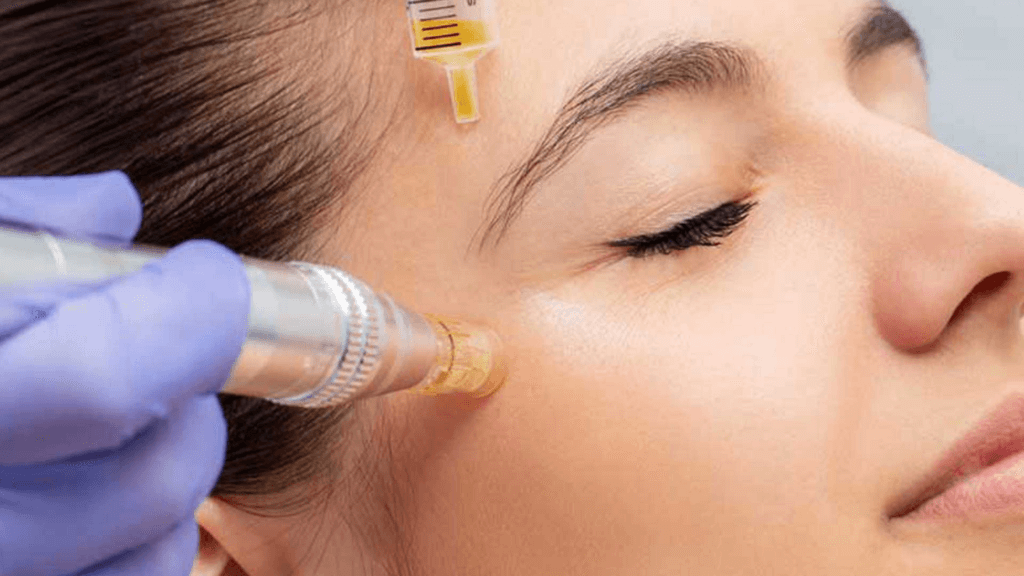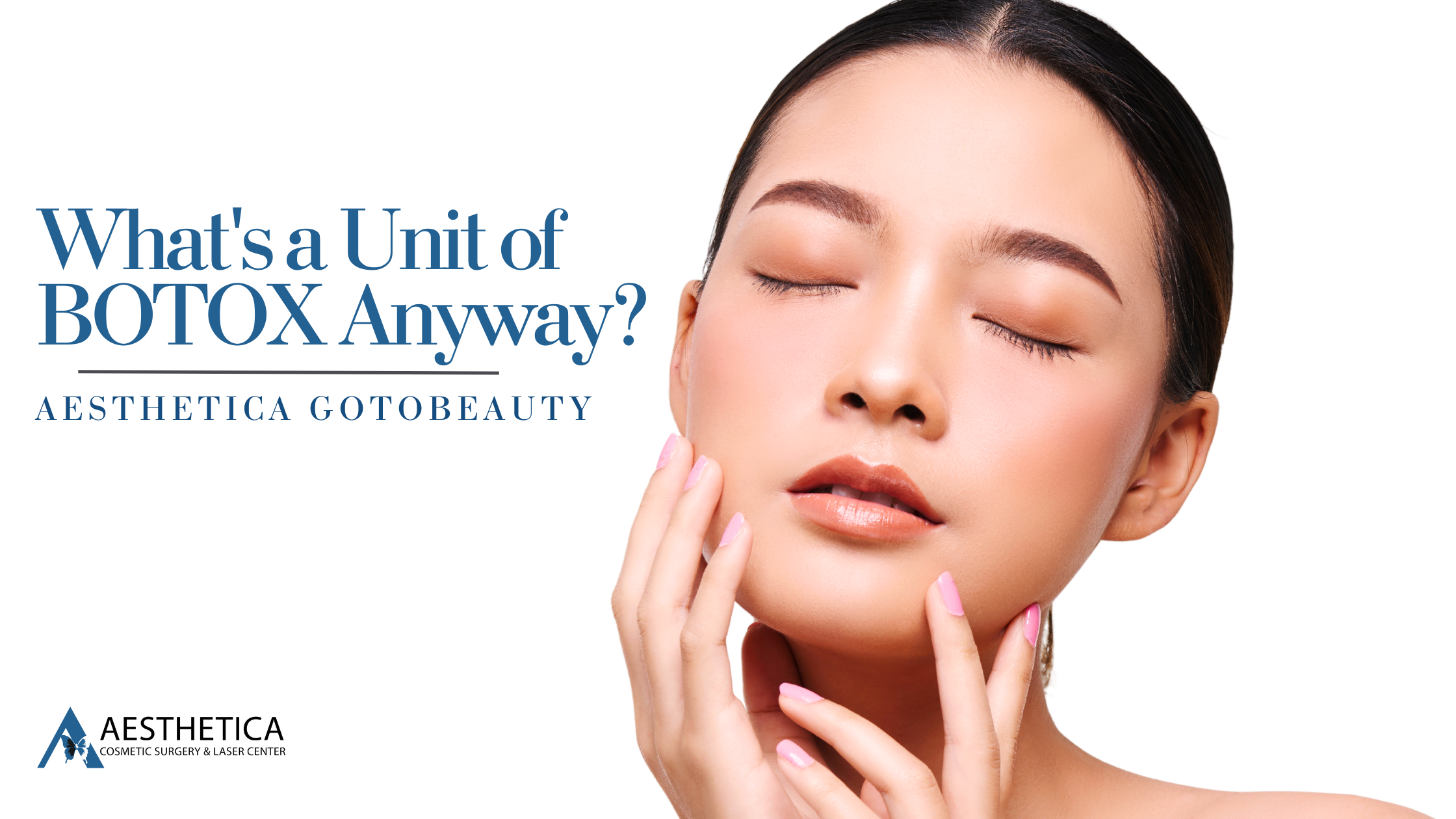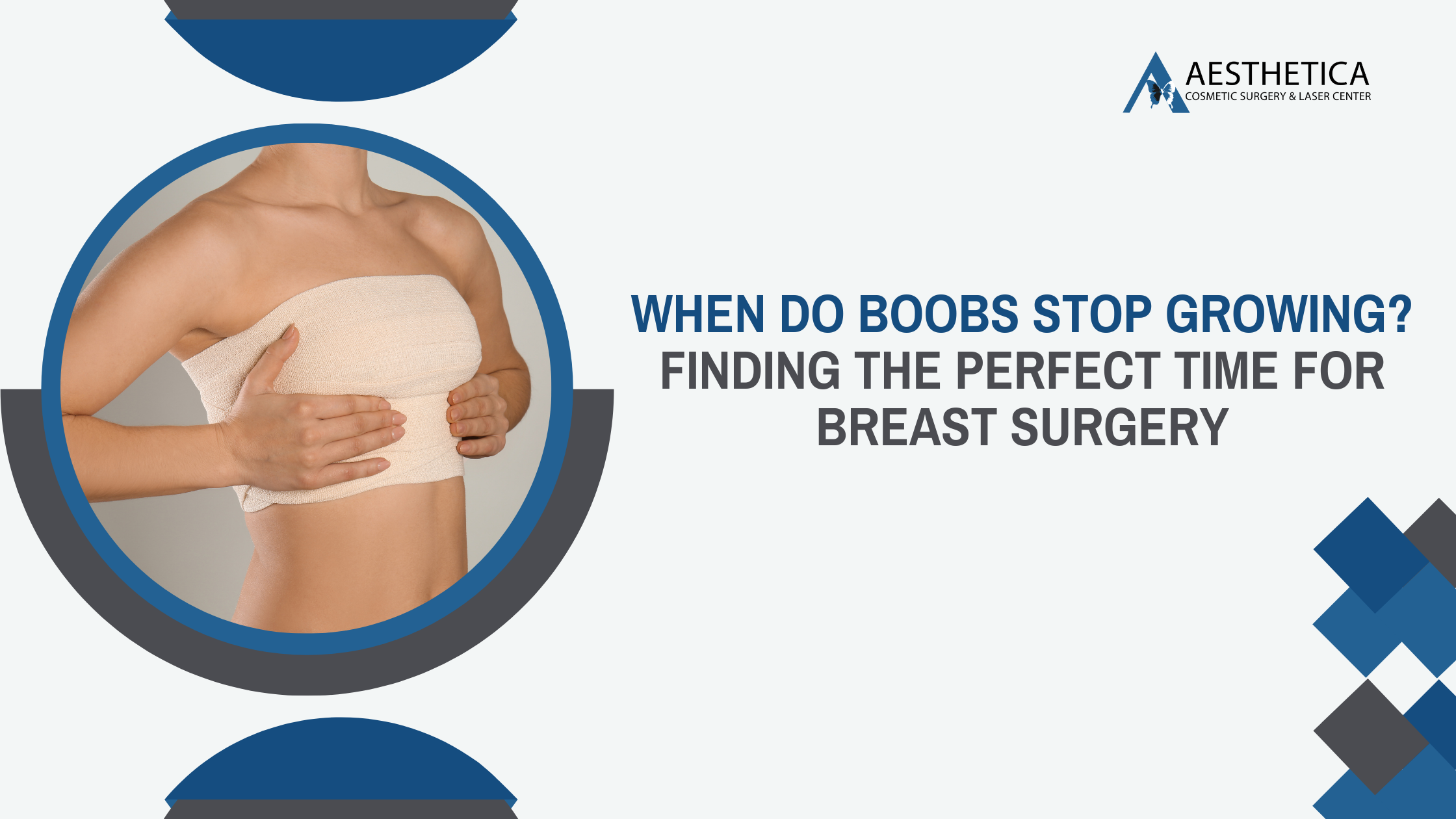The Benefits of Using PRP After Microneedling!8 min read
- , Face

Caroline Hedges

Jenny has always been a vibrant woman with an insatiable zest for life, always on the hunt for the next big thing to keep her skin looking fresh and fabulous. She’s heard the buzz around town about the wonders of PRP after microneedling and can’t wait to try it out for herself.
Luckily for her, she’s about to embark on this rejuvenating journey with none other than the skilled and renowned Dr. Phillip Chang at Aesthetica! With Dr. Chang’s expert guidance and a team of caring professionals by her side, Jenny is more than ready to unlock the secrets of PRP-enhanced microneedling and reveal her most radiant skin yet.
So, buckle up and join Jenny as she takes the plunge into the world of cutting-edge skincare, and who knows, maybe you’ll be inspired to try it, too!
What Is PRP and How Does It Work With Microneedling?
PRP stands for platelet-rich plasma, a concentrated component of the blood packed with healing properties. It’s been used in medicine for years to promote healing and regeneration, especially in orthopedics and sports medicine.
When it comes to skincare, PRP is combined with microneedling to give your skin a real boost. Microneedling is a cosmetic treatment where tiny needles create micro-injuries on your skin. Sounds scary, but trust us, it’s not that bad. These micro-injuries trigger your skin’s natural healing process, producing collagen and elastin, making your skin firmer, smoother, and more youthful!
Applying PRP to your skin during or after microneedling is like supercharging your skin’s healing powers! The PRP helps speed up the healing and repair process while nourishing your skin with growth factors and other beneficial goodies in your blood. As a result, you might notice improvements in skin texture, tone and even a reduction in the appearance of fine lines, wrinkles, and acne scars.
PRP vs. Regular Microneedling: Which Is More Effective?
Talking about PRP vs. regular microneedling is like choosing between a superhero and a sidekick — both are great, but one has a little extra something.
Regular microneedling is already an awesome treatment for improving skin texture, reducing fine lines, and even helping with acne scars. The tiny needles create micro-injuries that kick-start your skin’s healing process, boosting collagen and elastin production. So, even on its own, microneedling packs quite a punch!
But adding PRP into the mix is like giving microneedling superpowers. Platelet-rich plasma contains growth factors and healing properties that can amp up your skin’s rejuvenation process. Combining PRP with microneedling can help speed up healing, reduce inflammation, and provide additional nourishment to your skin. That means you might see results even faster and more noticeably than with regular microneedling alone!
It’s safe to say that PRP-enhanced microneedling is generally more effective. But, of course, everyone’s skin is different, and your results may vary. So it’s always a good idea to chat with Dr. Chang to see what’s best for your specific needs and goals.
Benefits of PRP After Microneedling for Skin Rejuvenation
Adding PRP to your microneedling treatment is like giving your skin a super-charged boost of healing goodness. Platelet-rich plasma is packed with growth factors and other amazing properties that will work wonders for your skin.

Here are some of the fab benefits you can expect from the treatment:
- Faster healing. PRP helps speed up the healing process after microneedling, so your skin will bounce back quicker than it would with regular microneedling alone.
- Reduced inflammation. PRP boasts anti-inflammatory properties that will help calm your skin down post-treatment. That means less redness and irritation, which is always a plus!
- Enhanced results. Because PRP is full of those nourishing growth factors, using it after microneedling will lead to even better skin rejuvenation results. We’re talking about smoother texture, improved tone, and a more youthful appearance!
- Minimized scarring. Platelet-rich plasma reduces the appearance of acne scars and other types of scarring. If that’s something you’re struggling with, this combo could be a game-changer for you!
- Increased collagen production. Both microneedling and PRP stimulate collagen production — the key to keeping your skin looking plump, firm, and wrinkle-free. When you combine the two, it’s like a collagen-boosting dream team!
So,there you have it! Adding PRP to your microneedling treatment can seriously up your skin rejuvenation game. Just remember that everyone’s skin is different, and your results may vary. But if you’re looking for that extra oomph in your skincare routine, PRP after microneedling is definitely worth considering!
How PRP Helps With Scarring and Hyperpigmentation!
PRP can be a game-changer for scarring! When your skin gets injured (like acne or cuts), it repairs itself by producing collagen. Sometimes, though, this process can go a little haywire, leaving you with raised or indented scars. PRP will stimulate your skin’s natural healing process, encouraging the production of healthy collagen and elastin. As a result, scars can become less noticeable and smoother over time!
Now, let’s talk about hyperpigmentation, which occurs when your skin produces too much melanin, causing dark spots or patches to form. PRP can help with this issue, too! The growth factors in platelet-rich plasma regulate melanin production, leading to a more even skin tone. PRP also boosts cell turnover, helping your skin shed those pigmented cells more quickly.
What To Expect During a PRP Microneedling Treatment
First, when you arrive at your appointment, we will start by cleansing your face to ensure it’s free of dirt or makeup. Next, Dr. Chang will apply a numbing cream to your skin to minimize any discomfort during the treatment. While you’re waiting for the numbing cream to work its magic (usually about 20-30 minutes), they’ll draw a small amount of blood from your arm. Don’t worry, it’s a little, just enough to get the PRP.
Once your blood is drawn, it’s placed in a centrifuge, which spins fast enough to separate the platelet-rich plasma (PRP) from the rest of the blood components. This process usually takes around 15 minutes.
Now, it’s time for the microneedling! Dr. Chang will use a device with tiny needles to create micro-injuries on your skin. The depth of the needles can be adjusted to target specific concerns or areas of your face. You might feel a little prickly sensation, but the numbing cream should take care of it!
After the microneedling, Dr. Chang will apply the freshly-prepared PRP onto your skin, ensuring it penetrates the microchannels created by the needles. This is where the real magic happens, as the PRP can now work its healing and rejuvenating powers deep within your skin! The whole process usually takes about five minutes, depending on the size of the area being treated.
Aftercare for PRP Microneedling Treatment
First, right after the treatment, your skin might be a bit red and sensitive, like a sunburn. It’s totally normal, and it should start to calm down in a day or two. In the meantime, try to be gentle with your skin. Avoid rubbing, scrubbing, or picking at it, and don’t use harsh exfoliants.
Next, you need to keep your skin clean and hydrated. Use a gentle cleanser and follow up with a soothing, fragrance-free moisturizer. Dr. Chang might also recommend a specific product, like a calming serum or a hydrating mask, to help your skin recover faster.Sun protection is a must! Your skin will be more sensitive to the sun after the treatment, so wear a broad-spectrum SPF 30 or higher outdoors — bonus points for wearing a wide-brimmed hat or seeking shade when possible!

Avoid wearing makeup for at least 24 hours after the treatment, as it can clog the microchannels and irritate your skin. When you start wearing makeup again, opt for mineral-based or non-comedogenic products that won’t clog your pores.
Finally, give your skin some time to heal and show off its true potential. It might take a few days or even a couple of weeks to see the full results of the treatment. So, be patient and remember that good things come to those who wait!
And that’s about it! Just follow these aftercare tips, and you should be on your way to glowing, rejuvenated skin in no time. If you have any concerns or questions, don’t hesitate to reach out to Dr. Chang for advice. Happy healing!
How Many PRP Microneedling Sessions Do I Need?
The answer will vary depending on your skin type, specific concerns, and desired outcome.
In general, most people start seeing noticeable skin improvements after just one PRP microneedling session. But you’ll likely need a series of treatments to maximize the benefits and get those long-lasting, wow-worthy results!
For many folks, a good rule of thumb is to start with around 3-6 sessions, spaced about 4-6 weeks apart. This gives your skin enough time to heal and regenerate between treatments. After that, consider maintenance treatments every 6-12 months to keep your skin looking its best.
While there’s no one-size-fits-all answer to how many PRP microneedling sessions you’ll need, starting with a series of treatments and working closely with a pro is a great way to set yourself up for success!
Get the Best Results With PRP Microneedling: Schedule Your Appointment Today!
Ready for the ultimate PRP microneedling experience? Meet us at 19500 Sandridge Way, Suite 350, Leesburg, VA 20176, or call us at (703) 574-4342 for a complimentary consultation with Board-Certified Plastic Surgeon Dr. Phillip Chang before moving forward with your procedure! If everything matches up, our team will help you navigate the entire process from beginning to end! Also, remember to check out our blog and social media for more information on plastic surgery and plastic surgery trends!
Let Us Help You!
Our office can provide you with helpful information, schedule a free consultation, and walk you through the many services and procedures we provide.
Contact Dr. Chang's Office:
More Articles For You

What’s a Unit of BOTOX Anyway? | Aesthetica GoToBeauty
Have you ever heard about BOTOX and wondered what it’s all about? It’s like the

When Do Boobs Stop Growing? Finding the Perfect Time for Breast Surgery
Ever wondered when your boobs finally decide to take a break from growing? Or you’re
Are Silicone Injections in Buttocks Safe?
In today’s world, where the aesthetic appeal of one’s body can often feel as though

Does a Mommy Makeover Include BBL?
Many women look forward to the blessings of motherhood. Having a child is a very
